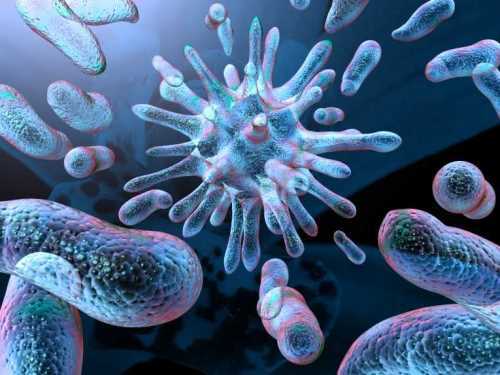Image Courtesy of Wander Lord.
The human gut is home to hundreds of bacterial species making sure that you get the nutrients you need from food. But how are these trillions of bacteria able to coexist within the constrained space of our intestines—or in any space for that matter?
Currently, there are two opposing views on how these species coexist. Some ecologists believe that it is an additive effect, where coexistence in a community requires every species to be able to live with each other as pairs outside of the community. Another perspective proposes that coexistence is instead an emergent property of the community and isn’t solely explained by the nature of the constituent species.
Ultimately, explaining the diversity of microbial communities is a fundamental ambition of ecology because of microbes’ wide-ranging functions in multiple environments. The presence of these two opposing views motivated a group of Yale ecologists led by Alvaro Sanchez to experimentally determine the mechanism behind such coexistence. They first created twelve representative communities, each containing a diverse array of microbes. They then extracted individual species from each community and tested their ability to coexist with each other as isolated pairs.
The result was clear: most pairs of species could not coexist: one would often competitively exclude the other. This finding indicates that the ability for species to coexist is an emergent property of communities rather than an intrinsic property of the species. Moreover, this competitive exclusion showed signs of a hierarchy system. In most communities that were tested, the lower-ranking microbes were excluded.
Having understood that microbial coexistence is an emergent property, researchers are now trying to explain what contributes to it. Some suggest evolutionary origins while others hint at environmental resources. However, further experiments must be done to discover what influences coexistence in microbial communities.

